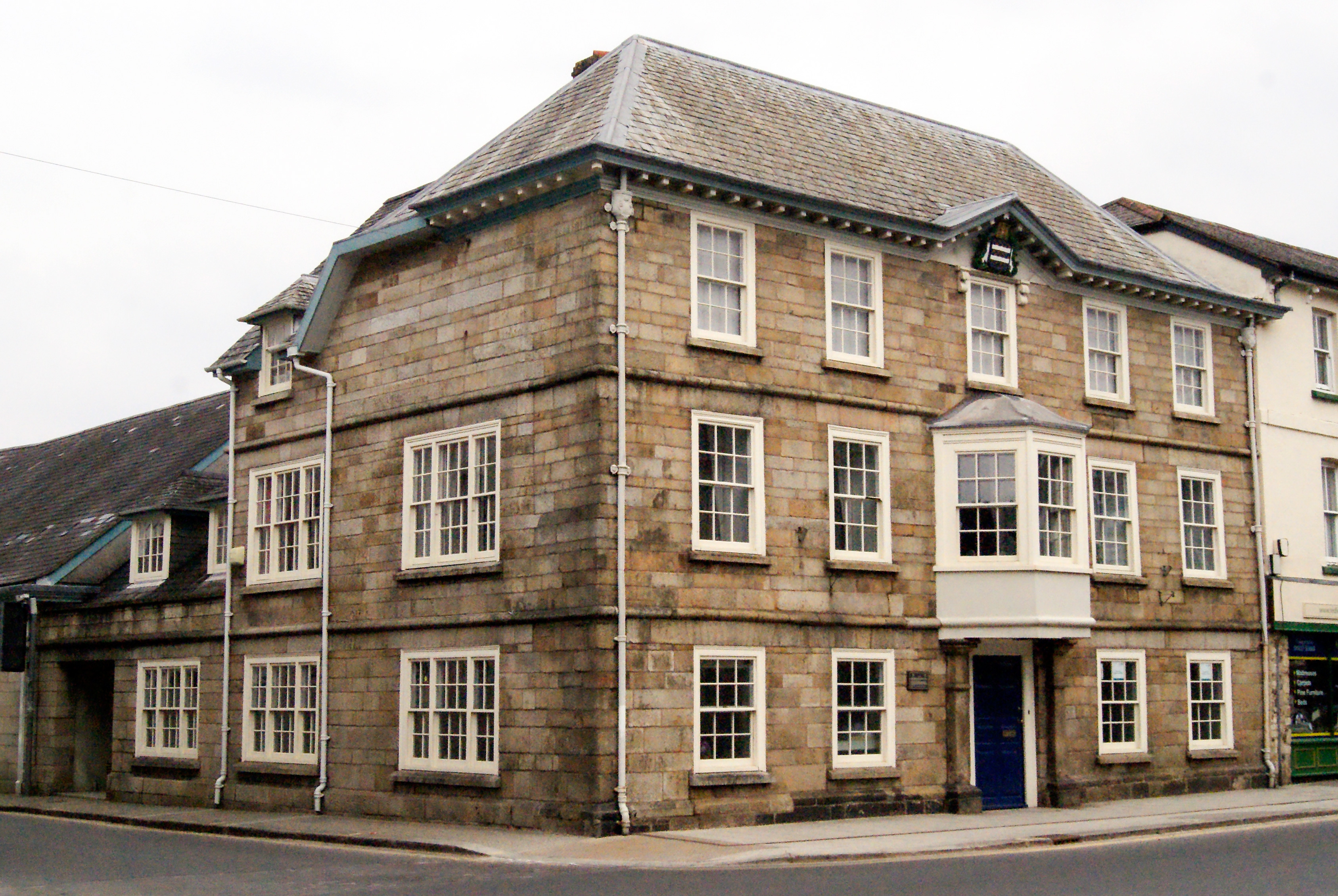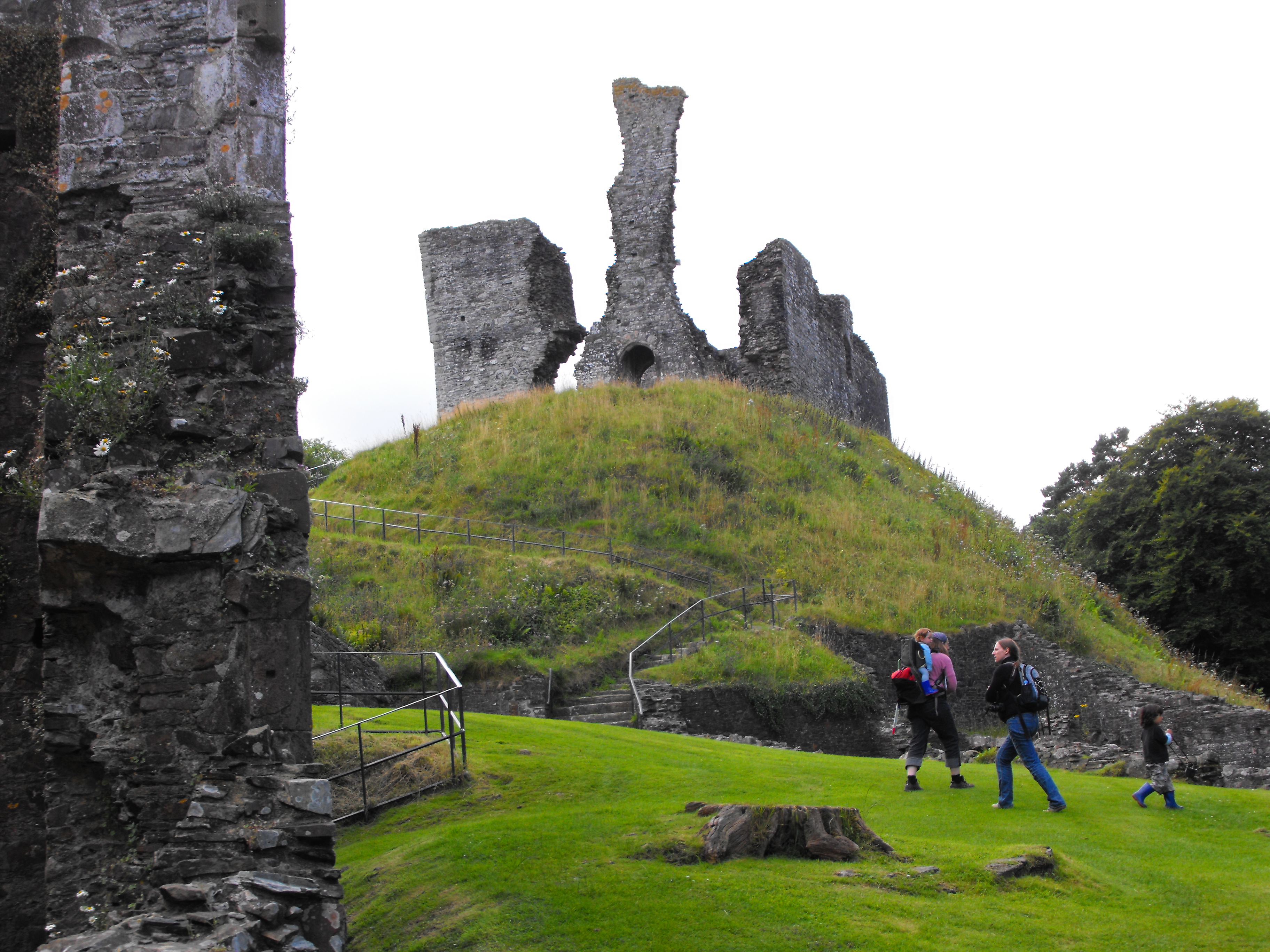|
Halwill
Halwill is a village in Devon, England just off the A3079 road, A3079 Okehampton to Holsworthy, Devon, Holsworthy road. About a mile away on the main road is another settlement called Halwill Junction. This name brings to mind the former significance of the two villages, as home to an important railway junction, where the North Cornwall Railway (forming part of a main line railway from Exeter to Plymouth) diverged from the earlier Okehampton to Bude Line, see Halwill Junction railway station. Portions for the two routes separated and rejoined at Halwill station, giving the villages a much better service than larger habitations in the area. There is a football pitch in Halwill as well as a newsagents, Fish and Chip shop and other shops. The local football team play on the football pitch. Notable people *William Stanlake, recipient of the Victoria Cross External links * Villages in Devon {{devon-geo-stub ... [...More Info...] [...Related Items...] OR: [Wikipedia] [Google] [Baidu] |
Halwill Junction Railway Station
Halwill Junction Railway Station was a railway station in Halwill Junction, near the villages of Halwill and Beaworthy in Devon, England. It opened in 1879 and formed an important junction between the now-closed Okehampton to Bude Line, Bude Branch and North Cornwall Railway, North Cornwall line. It closed in 1966 along with the lines which it served, a casualty of the Beeching Report. History The station was opened in January 1879 by the London and South Western Railway (LSWR) following the extension of its line from Meldon Junction on the West of England Main Line, Okehampton to Plymouth line to Holsworthy railway station, Holsworthy on the new Bude Branch. Five years later, it became a junction station with the construction by the North Cornwall Railway of a line south to Launceston railway station, Launceston which gave the latter company a direct through route over LSWR metals to London Waterloo railway station, London Waterloo. The opening of the route south led to the ... [...More Info...] [...Related Items...] OR: [Wikipedia] [Google] [Baidu] |
North Cornwall Railway
The North Cornwall Railway was a railway line running from Halwill in Devon to Padstow in Cornwall via Launceston, Cornwall, Launceston, Camelford and Wadebridge, a distance of . Opened in the last decade of the nineteenth century, it was part of a drive by the London and South Western Railway (LSWR) to develop holiday traffic to Cornwall. The LSWR had opened a line connecting Exeter with Holsworthy in 1879, and by encouraging the North Cornwall Railway it planned to create railway access to previously inaccessible parts of the northern coastal area. "There are few more fascinating lines than the one which leads to North Cornwall from Okehampton" says T.W.E. Roche in his popular tribute to the network of railway lines operated by the London and South Western Railway (LSWR) in North and West Devon and North Cornwall. History First railways In the nineteenth century, Padstow was an important fishing port, but it was hampered by lack of land communication with its markets. The B ... [...More Info...] [...Related Items...] OR: [Wikipedia] [Google] [Baidu] |
William Stanlake
William Stanlake VC DCM (31 October 1830 – 24 April 1904) was an English recipient of the Victoria Cross, the highest and most prestigious award for gallantry in the face of the enemy that can be awarded to British and Commonwealth forces. He was 23 years old, and he was a private in the Coldstream Guards of the British Army during the Crimean War when the following deed took place for which he was awarded the VC. On 26 October 1854 near Inkerman, Crimea, Private Stanlake, when employed as a sharpshooter, volunteered to reconnoitre, and although he was warned of the dangers he would encounter, crawled to within six yards of a Russian sentry and brought back such information that the officer in charge of the party was able to make a surprise attack. He is buried in Camberwell Old Cemetery in South East London. His Victoria Cross is displayed at The Guards Regimental Headquarters (Coldstream Guards RHQ), Wellington Barracks Wellington Barracks is a military barracks ... [...More Info...] [...Related Items...] OR: [Wikipedia] [Google] [Baidu] |
St Peter And St James Church, Halwill - Geograph
ST, St, or St. may refer to: Arts and entertainment * Stanza, in poetry * Suicidal Tendencies, an American heavy metal/hardcore punk band * Star Trek, a science-fiction media franchise * Summa Theologica, a compendium of Catholic philosophy and theology by St. Thomas Aquinas * St or St., abbreviation of "State", especially in the name of a college or university Businesses and organizations Transportation * Germania (airline) (IATA airline designator ST) * Maharashtra State Road Transport Corporation, abbreviated as State Transport * Sound Transit, Central Puget Sound Regional Transit Authority, Washington state, US * Springfield Terminal Railway (Vermont) (railroad reporting mark ST) * Suffolk County Transit, or Suffolk Transit, the bus system serving Suffolk County, New York Other businesses and organizations * Statstjänstemannaförbundet, or Swedish Union of Civil Servants, a trade union * The Secret Team, an alleged covert alliance between the CIA and American ind ... [...More Info...] [...Related Items...] OR: [Wikipedia] [Google] [Baidu] |
Devon
Devon ( , historically known as Devonshire , ) is a ceremonial and non-metropolitan county in South West England. The most populous settlement in Devon is the city of Plymouth, followed by Devon's county town, the city of Exeter. Devon is a coastal county with cliffs and sandy beaches. Home to the largest open space in southern England, Dartmoor (), the county is predominately rural and has a relatively low population density for an English county. The county is bordered by Somerset to the north east, Dorset to the east, and Cornwall to the west. The county is split into the non-metropolitan districts of East Devon, Mid Devon, North Devon, South Hams, Teignbridge, Torridge, West Devon, Exeter, and the unitary authority areas of Plymouth, and Torbay. Combined as a ceremonial county, Devon's area is and its population is about 1.2 million. Devon derives its name from Dumnonia (the shift from ''m'' to ''v'' is a typical Celtic consonant shift). During the Briti ... [...More Info...] [...Related Items...] OR: [Wikipedia] [Google] [Baidu] |
A3079 Road
List of A roads in zone 3 in Great Britain Great Britain is an island in the North Atlantic Ocean off the northwest coast of continental Europe. With an area of , it is the largest of the British Isles, the largest European island and the ninth-largest island in the world. It i ... starting west of the A3 and south of the A4 (roads beginning with 3). Single- and double-digit roads Triple-digit roads Four-digit roads (30xx) Four-digit roads (31xx and higher) Notes and references ;Notes ;References {{UK road lists 3 3 ... [...More Info...] [...Related Items...] OR: [Wikipedia] [Google] [Baidu] |
Okehampton
Okehampton ( ) is a town and civil parishes in England, civil parish in West Devon in the English county of Devon. It is situated at the northern edge of Dartmoor, and had a population of 5,922 at the 2011 census. Two electoral wards are based in the town (east and west). Their joint population at the same census was 7,500. Okehampton is 21 miles (33 km) west of Exeter, 26 miles (42 km) north of Plymouth and 24 miles (38 km) south of Barnstaple. History Okehampton was founded by the Saxons. The earliest written record of the settlement is from 980 AD as , meaning settlement by the Ockment, a river which runs through the town. It was recorded as a place for slaves to be freed at cross roads. Like many towns in the West Country, Okehampton grew on the medieval wool trade. Notable buildings in the town include the 15th century chapel of James, son of Zebedee, St. James and Okehampton Castle, which was established by the Normans, Norman High Sheriff of Devon, Sherif ... [...More Info...] [...Related Items...] OR: [Wikipedia] [Google] [Baidu] |
Holsworthy, Devon
Holsworthy is a market town and civil parish in the Torridge district of Devon, England, some west of Exeter. The River Deer, a tributary of the River Tamar, forms the western boundary of the parish, which includes the village of Brandis Corner. According to the 2011 census the population of Holsworthy was 2,641; it was estimated at 3,287 in 2019. History Toponymy The original meaning of "Holsworthy" is probably "Heald's enclosure". Derived from the Old English personal name "Heald" or "Healda", plus "-worthig", an enclosure, farm or estate. An alternative possibility is from Old English "heald" meaning incline or slope. In 1086 the name was recorded as ''Haldeword'' and as ''Haldeurdi'' (Exon). Other recorded spellings are ''Haldwwurth'' 1228, ''Halleswrthia'' -worth(e) -wordi (late 12th–1291), ''Haldeswrthy'' -wrthi -worth (1277–1389), ''Holdesworthe'' (1308), ''Healdesworthe'' (c. 1320), ''Hyallesworthi'' (1326), and ''Houlsworthy'' (1675). Manorial history Holswort ... [...More Info...] [...Related Items...] OR: [Wikipedia] [Google] [Baidu] |
Okehampton To Bude Line
Okehampton ( ) is a town and civil parish in West Devon in the English county of Devon. It is situated at the northern edge of Dartmoor, and had a population of 5,922 at the 2011 census. Two electoral wards are based in the town (east and west). Their joint population at the same census was 7,500. Okehampton is 21 miles (33 km) west of Exeter, 26 miles (42 km) north of Plymouth and 24 miles (38 km) south of Barnstaple. History Okehampton was founded by the Saxons. The earliest written record of the settlement is from 980 AD as , meaning settlement by the Ockment, a river which runs through the town. It was recorded as a place for slaves to be freed at cross roads. Like many towns in the West Country, Okehampton grew on the medieval wool trade. Notable buildings in the town include the 15th century chapel of St. James and Okehampton Castle, which was established by the Norman Sheriff of Devon, Baldwin FitzGilbert (d.1090), and the 17th century Okehampton Town ... [...More Info...] [...Related Items...] OR: [Wikipedia] [Google] [Baidu] |
Victoria Cross
The Victoria Cross (VC) is the highest and most prestigious award of the British honours system. It is awarded for valour "in the presence of the enemy" to members of the British Armed Forces and may be awarded posthumously. It was previously awarded by countries of the Commonwealth of Nations, most of which have established their own honours systems and no longer recommend British honours. It may be awarded to a person of any military rank in any service and to civilians under military command. No civilian has received the award since 1879. Since the first awards were presented by Queen Victoria in 1857, two-thirds of all awards have been personally presented by the British monarch. The investitures are usually held at Buckingham Palace. The VC was introduced on 29 January 1856 by Queen Victoria to honour acts of valour during the Crimean War. Since then, the medal has been awarded 1,358 times to 1,355 individual recipients. Only 15 medals, of which 11 to members of the Britis ... [...More Info...] [...Related Items...] OR: [Wikipedia] [Google] [Baidu] |





